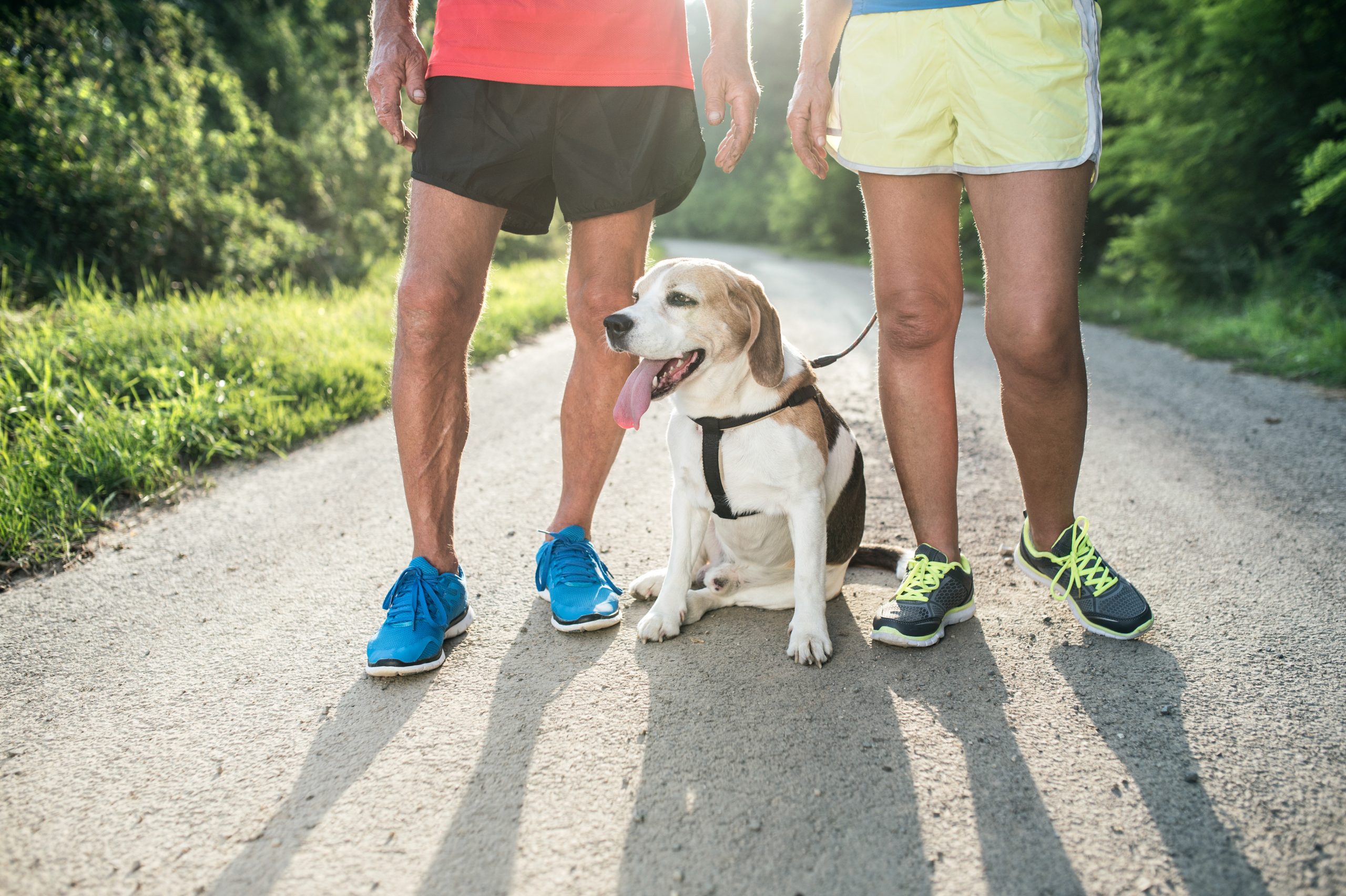
Establish a Routine
Establishing a consistent routine is essential in the housebreaking process. Dogs thrive on routine and predictability, making it easier for them to learn where and when they are supposed to go potty.
Positive Reinforcement
Positive reinforcement is a powerful tool in training your puppy. Praise and rewards like treats or verbal affirmations can help reinforce good behavior.
Crate Training
Crate training can aid in housebreaking by teaching your puppy bladder control. Dogs instinctively avoid soiling their sleeping area, so using a crate can encourage them to hold it until they are taken outside.
Monitor Potty Breaks
Regular and frequent potty breaks are crucial during the housebreaking process, especially after meals, playtime, and naps. Watching for signs that your puppy needs to go, such as sniffing or circling, can help avoid accidents indoors.
Patience and Consistency
Patience is key when housebreaking a puppy. Accidents will happen, but remaining calm and consistent in your training will help your puppy learn faster.
Additional Tips:
– Use a designated potty area outside for your puppy.
– Clean up accidents indoors with an enzymatic cleaner to remove odors that may attract your puppy back to the same spot.
– Avoid punishing your puppy for accidents, as it can create fear and hinder the training process.
Conclusion
Housebreaking a puppy requires dedication, consistency, and positive reinforcement. By following these effective methods and being patient with your furry companion, you can successfully housebreak your puppy and establish a strong foundation for a lifetime of good behavior. Remember, every puppy is different, so adjust your approach according to your puppy’s individual needs and progress.
[qmp_faq]
Related Reading
- Proven Methods Of Effective Puppy Training.
- Your Dog Won’t Know What To Do Without Your Help!
- What You Should Know About Training Your Dog
- Learn The Best Method Of Puppy Training
- How To Break Your Old Dog Of Bad Habits
[qmp_faq]